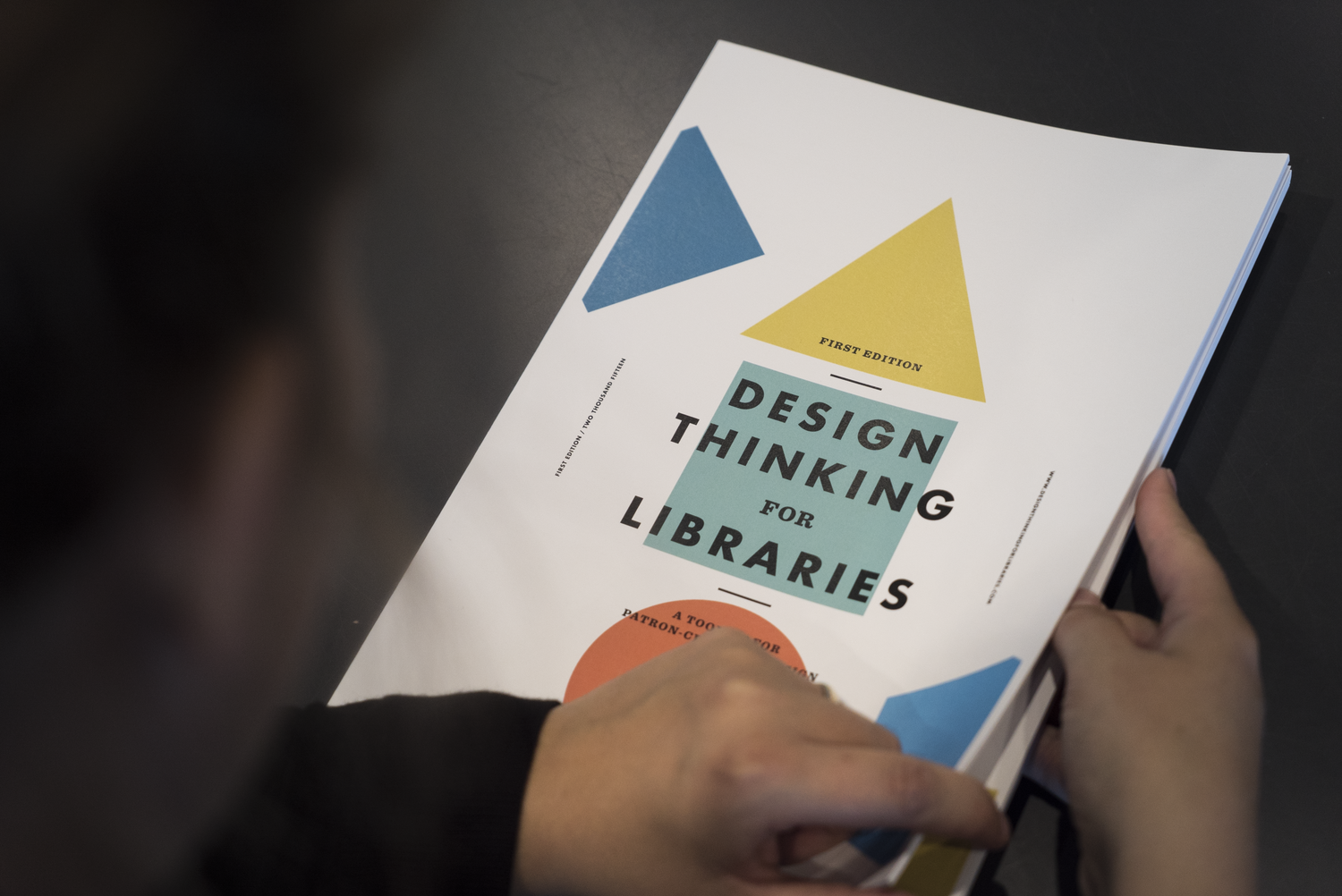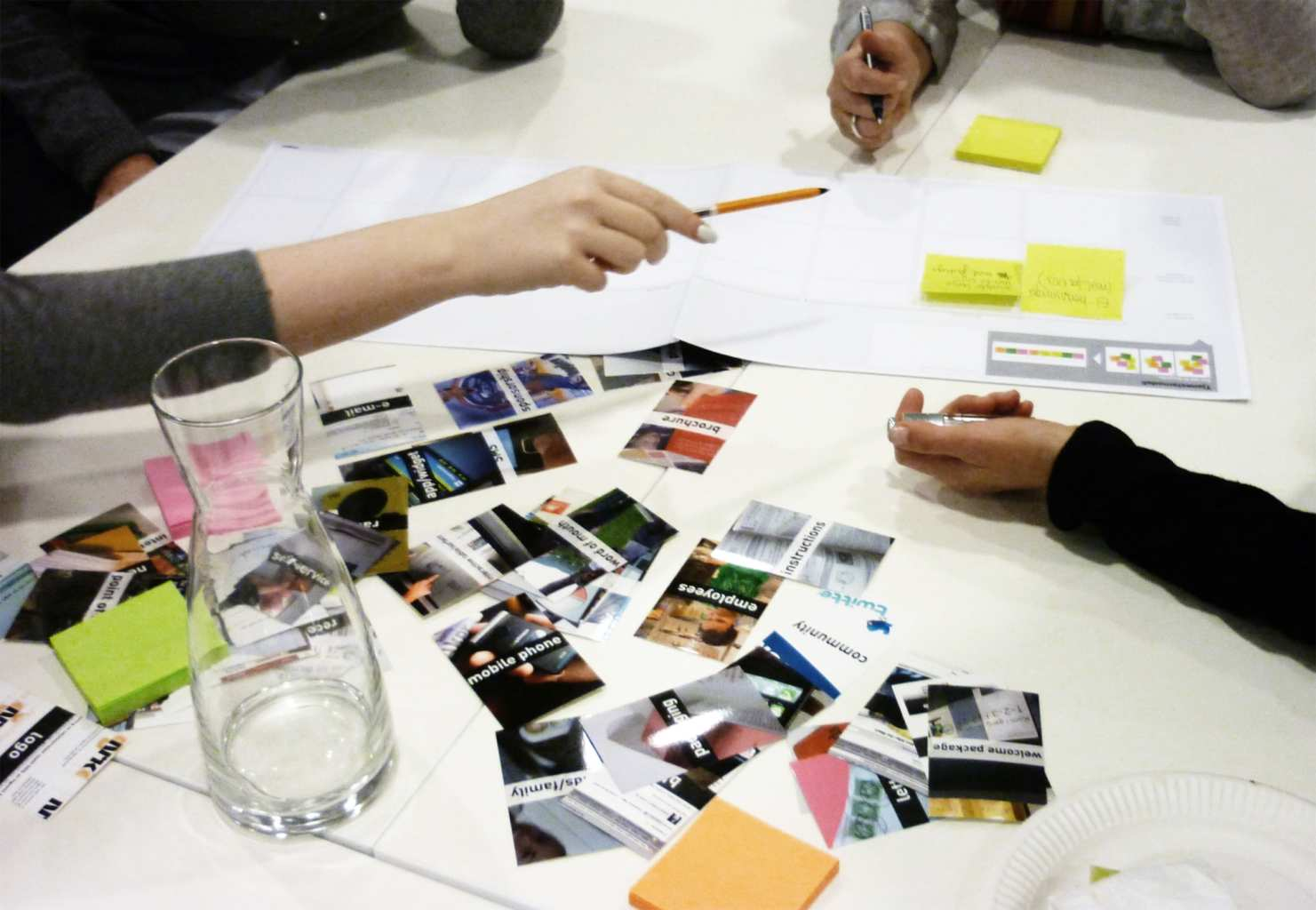Blog Insights
How to Apply Service Design to the Social Sector
Service design principles can be applied to the social sector to craft audience experiences that create positive change in the world. Understanding and translating what service design is and how to apply service design to the social sector is a highly valuable activity for getting target audiences to engage more meaningfully with important causes that they care about.
Service design benefits the social sector
If audiences are more engaged, they are participating in your organization’s offerings, applying for your grants or fellowships, or completing activities that will ultimately benefit them and their interest and passion in your organization’s cause in the long term. For example, it can result in improvements to a grant application process, which returns much stronger applications that ultimately create a bigger impact for your organization.
Overall, here are four key reasons why service design is important to nonprofits, foundations, and government agencies.
- Improve the user experience. Service design can help by improving your audiences’ experience with your communication touchpoints and lead to higher engagement and more conversions with calls-to-action. For example, the Chicago Public Library system created new children’s spaces in their libraries based on extensive visitor research and observed how families and children move through the new spaces and then iterate based on what they find. They are using service design to better serve their community’s changing needs. This is just one example of how the Chicago Public Library incorporates service design into its work. Other initiatives have also culminated in its Design Thinking for Libraries Toolkit, which other libraries are able to reference for their own needs.
- Strengthen your brand. Creating stronger audience experiences will create trust in your brand, thereby strengthening it. This will give you a competitive advantage, regardless of your industry.
- Save time and money. Service design can help you increase internal efficiencies and reduce redundancies, thereby making a more efficient process for your team that saves you time and money. For example, many social sector organizations struggle with client relationship management systems (CRMs) and content management systems (CMSs) that are not connected. The resulting consequence is teams are doing double the work to gather or move data manually. Service design tactics can be used to iron out such issues and reduce redundancies.
- Increase your capacity for innovation. Service design can facilitate internal innovation by working across previously siloed teams and spur new ideas and approaches.

Signs your organization needs service design
Depending on your organization’s existing team processes and audience touchpoints, here are some of the indicators that a service design approach may help you solve some challenges you are facing.
- User journeys aren’t clear. Audiences who engage in your touchpoints are struggling to complete your calls-to-action action and you’re not getting the engagement you’re hoping for.
- Your internal processes aren’t efficient. On the backend, your team is spending too much time doing tasks manually or having to focus their time on solving inefficiencies, rather than on their actual work.
- Your user support isn’t where it should be. Target audiences are increasingly calling your help desk because they are having trouble, and your team is responding with inconsistent messaging and information.
- Your team is siloed. Typically, there are different teams responsible for different touchpoints. If those teams aren’t in sync—whether it’s around copy or technology or data passed between systems—this can quickly lead to a poor or confusing audience experience.
Who’s doing service design in the social sector?
Foundations, associations, cultural institutions, government agencies, and others in the nonprofit space are turning to service design to improve their audience experience. Social sector service design is fairly well established in Europe and is increasingly growing in the U.S.—especially in the areas of healthcare and government where a better direct service experience for patients and citizens is needed. Various organizations have integrated service design by employing anywhere from one service designer to full teams of service design professionals. These designers are tasked with improving the audience experience.
A great example is what the Oslo University Hospital implemented. The hospital employed service designers to improve their patient experience by rethinking the backstage processes—but from the patient’s perspective. One specific goal was to reduce the waiting time for patients to receive an examination and diagnosis for breast cancer. They conducted extensive research, including an employee workshop, created a current state journey map, and conducted contextual inquiries and phone interviews.

They then tested out new solutions and created a new system for breast cancer patients that reduced the waiting time from three months to seven days. They also now provide additional information about the process in a brochure for patients and review cases daily.
Looking ahead
Service design’s approach and principles are based on providing positive, clear experiences for people. This couldn’t be a better fit for social sector organizations and we look forward to seeing it applied more and more to improve the lives of people and communities worldwide.
